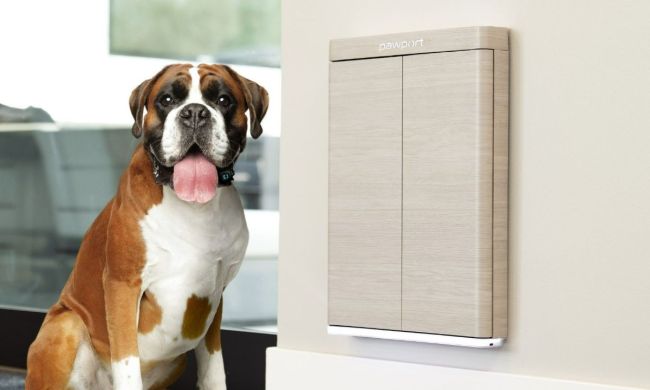With warmer weather sweeping across the nation, folks around the country are using spring as a time to clean their homes and declutter all the junk they’ve accumulated during the dark, dreary winter months. And while organizing your home is a great way to ring in the spring, consider taking a few minutes to perform a bit of smart home spring cleaning, too.
From upgrading your gadgets and changing your passwords to enabling two-factor authentication and performing software updates, here are a few ways to expand your spring cleaning chores to your smart home.

Change your passwords
The first thing you should do is change your passwords and look into a password manager. Changing your passwords periodically is an easy safety measure that ensures you’re not using old and easily-guessable passwords. Many programs and services will automatically remind you to change your passwords, especially if it’s related to work.
If you’re bad at keeping track of passwords or coming up with strong ones, look into a password manager. Programs like 1Password or Dashlane will keep a list of all your passwords, suggest new secure ones for you, and help you change them all within one source vault. You only have to remember the primary password to get into your vault. It’s much easier to remember one password than 50 since every password should all be unique and challenging to guess. Some services like Chrome and iCloud have built-in password managers that you can use.
A quick rule about making a password on your own is to use numbers, symbols, capitals, and make it a random sequence of words — but a longer password is always better than a complex password. Combining length and complexity will result in a much stronger password.
Changing passwords is especially important if you own any security cameras or a Ring doorbell, as there’s nothing worse than losing access to the gear that’s monitoring your smart home.
Enable two-factor authentication
Another source of security is to enable two-factor authentication (2FA.) 2FA creates a second layer of hard encryption to get your data. You don’t need to know all the encryption details; you usually just need a phone number or a second device to get into your data. For example, say you want to sign in to a service. That service will call you or send a random code to your phone, or display the code on a secondary device. You place that code into your sign-in device within a specific time limit to sign in.
Ensuring that you’re the only one signing into your devices keeps your security high. You can then choose to trust specific devices, allowing you to log in without using 2FA every time.
You should also periodically look at the list of trusted devices to ensure nothing old or unused is on there — or worse, that an unknown device has made its way on the list.

Check for software updates
It’s best to enable automatic updates, but you should definitely take a day to check all of your devices and operating systems to make sure everything is up to date. Besides introducing new features and quality-of-life changes, companies use software updates to increase the security features of their devices.
You’re going to want to make sure all devices in the ecosystem are also up to date. If one cloud-based device is vulnerable, it can create a hole in the entire ecosystem. Remember that individual devices need to be checked. For example, if you have multiple smart speakers, check that each speaker is running the latest version of the software.
Upgrade your devices
If you have the means, upgrade your old devices. Planned obsolescence isn’t a confirmed tech manufacturer policy, but companies do eventually stop supporting devices. When devices reach their end of life, they no longer receive those security software updates and are prone to newer means of security hacking.
You don’t need to always have the latest and greatest device, but technology is highly susceptible if it’s no longer supported but still connects to the internet. End of life generally happens after five years, and tech can improve significantly in that time.

If you need some help on your search, we’ve put together a short list of the best smart home gadgets of spring 2023. These range from robot vacuums to robot lawn mowers — but they’re all among the best in their class (and most of them are incredibly new to the market, meaning you shouldn’t have to worry about them becoming obsolete for several years).
Consolidate your devices
Lastly, try consolidating your devices into one ecosystem or brand. While this may seem counterintuitive, it generally makes devices easier to manage. Having all devices under Google Assistant, Apple HomeKit, or Amazon’s Alexa presents one place to look over your smart home. This can be used as a quick stop to organize and check to make sure devices haven’t been desynced from your home and gone rogue. You can also look to see if any of your smart home products have been updated to support Matter.
Following these five steps will ensure that your smart home is as protected as it can generally be. Of course, you can go advanced by using VPNs, hardware keys, and other security measures, but once you follow these basics, you will have a lot more headroom to breathe. No security measure is perfect, but following a few basic practices will reduce your risk by a huge margin.



